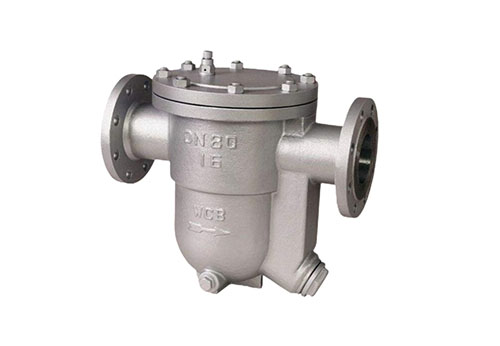What are the antifreeze measures for steam traps?
Posted by Bundor valve
In cold winter, the steam trap and its connected pipes may freeze, causing system failure. To avoid this, the following are some common steam trap antifreeze measures:

I. Insulation measures
1. Insulation material wrapping: For steam traps and pipes exposed outdoors, insulation materials should be used for wrapping. Common insulation materials include fiberglass, rock wool, etc.
2. Use of heating tape: In severe cold environments, heating tapes can be installed on the outside of steam traps and pipes. The heating tape maintains the temperature in the pipes and prevents water from freezing by electrically heating.
II. Drainage measures
1. Regular drainage: In winter, especially during periods of low temperatures, the working status of the steam trap should be checked regularly, and the accumulated water in the system should be manually drained. This can prevent accumulated water from accumulating in pipes or valves and causing freezing.
2. Automatic drainage system: In order to reduce the frequency of manual operation, an automatic drainage system can be installed. The automatic drainage system monitors the temperature and pressure in the pipes through sensors, automatically controls the opening and closing of the drain valve, ensures that there is no accumulated water in the system, and prevents freezing.
III. Maintenance management
1. Regular inspection: Before the arrival of winter, the steam trap and related pipes should be fully inspected to ensure that they are in good working condition. When problems are found, repair them in time to avoid failures in severe cold weather.
2. Emergency plan: Develop and implement emergency plans to ensure rapid response in the event of freezing. Emergency plans should include personnel division of labor, equipment deployment, emergency repair measures, etc.
Antifreeze measures for steam traps are the key to ensuring the normal operation of water treatment systems in winter. Through the application of insulation measures, drainage measures, maintenance management and other aspects, the freezing of steam traps and pipes in cold weather can be effectively prevented.

I. Insulation measures
1. Insulation material wrapping: For steam traps and pipes exposed outdoors, insulation materials should be used for wrapping. Common insulation materials include fiberglass, rock wool, etc.
2. Use of heating tape: In severe cold environments, heating tapes can be installed on the outside of steam traps and pipes. The heating tape maintains the temperature in the pipes and prevents water from freezing by electrically heating.
II. Drainage measures
1. Regular drainage: In winter, especially during periods of low temperatures, the working status of the steam trap should be checked regularly, and the accumulated water in the system should be manually drained. This can prevent accumulated water from accumulating in pipes or valves and causing freezing.
2. Automatic drainage system: In order to reduce the frequency of manual operation, an automatic drainage system can be installed. The automatic drainage system monitors the temperature and pressure in the pipes through sensors, automatically controls the opening and closing of the drain valve, ensures that there is no accumulated water in the system, and prevents freezing.
III. Maintenance management
1. Regular inspection: Before the arrival of winter, the steam trap and related pipes should be fully inspected to ensure that they are in good working condition. When problems are found, repair them in time to avoid failures in severe cold weather.
2. Emergency plan: Develop and implement emergency plans to ensure rapid response in the event of freezing. Emergency plans should include personnel division of labor, equipment deployment, emergency repair measures, etc.
Antifreeze measures for steam traps are the key to ensuring the normal operation of water treatment systems in winter. Through the application of insulation measures, drainage measures, maintenance management and other aspects, the freezing of steam traps and pipes in cold weather can be effectively prevented.
 简体中文
简体中文 Русский
Русский Español
Español Bundor - Butterfly, Gate, Check, Ball, Globe Valve Manufacturer, Supplier & Distributor
Bundor - Butterfly, Gate, Check, Ball, Globe Valve Manufacturer, Supplier & Distributor
